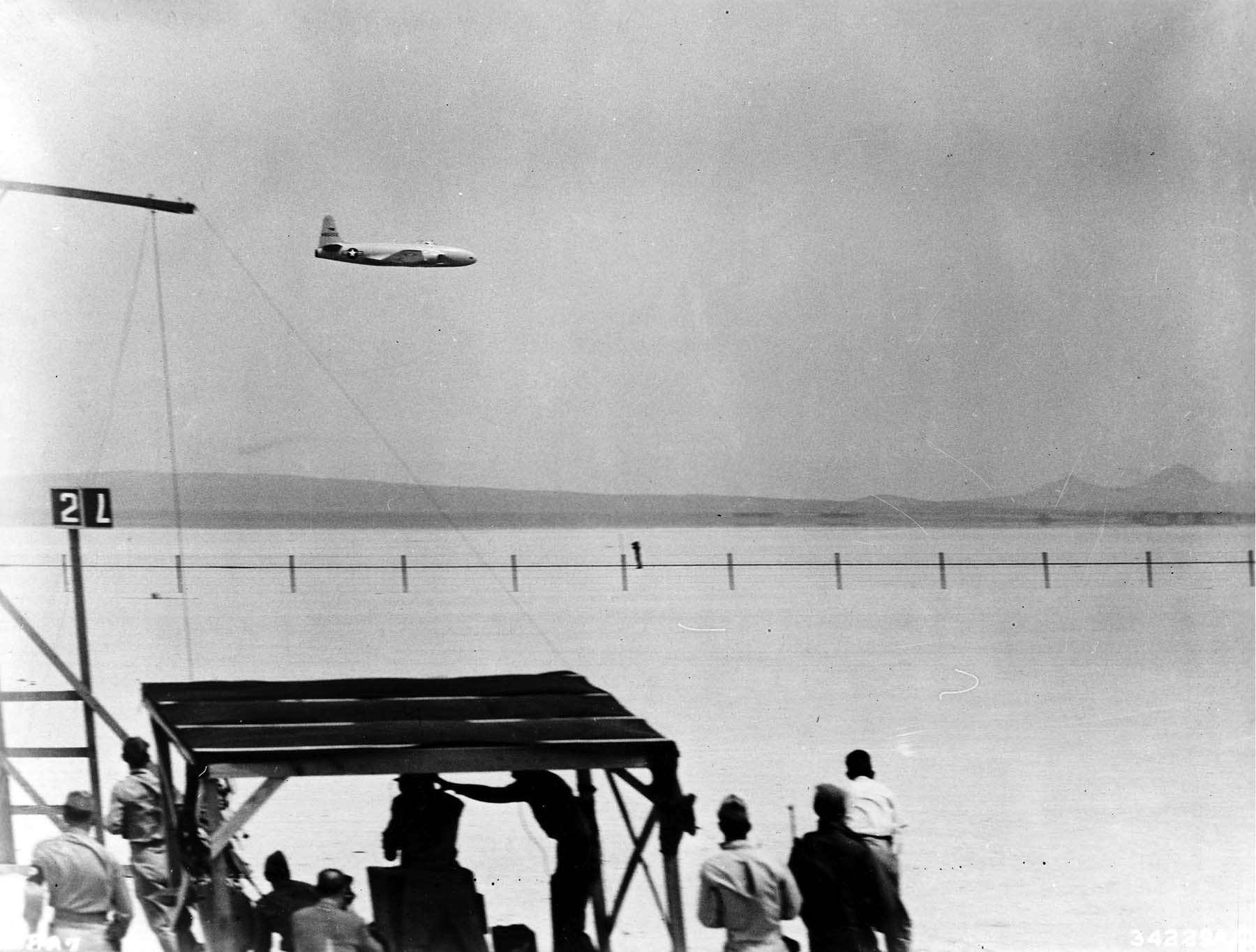

Col. Boyd flew the Lockheed P-80R Shooting Star, serial number 44-85200, four times over the course, twice in each direction. The record speed was the average of the two fastest consecutive runs. As can be seen in the above photograph, these runs were flown at an altitude of approximately 70 feet (21 meters).
Originally a production P-80A-1-LO Shooting Star, 44-85200 had been converted to the XP-80B, a single prototype for the improved P-80B fighter.
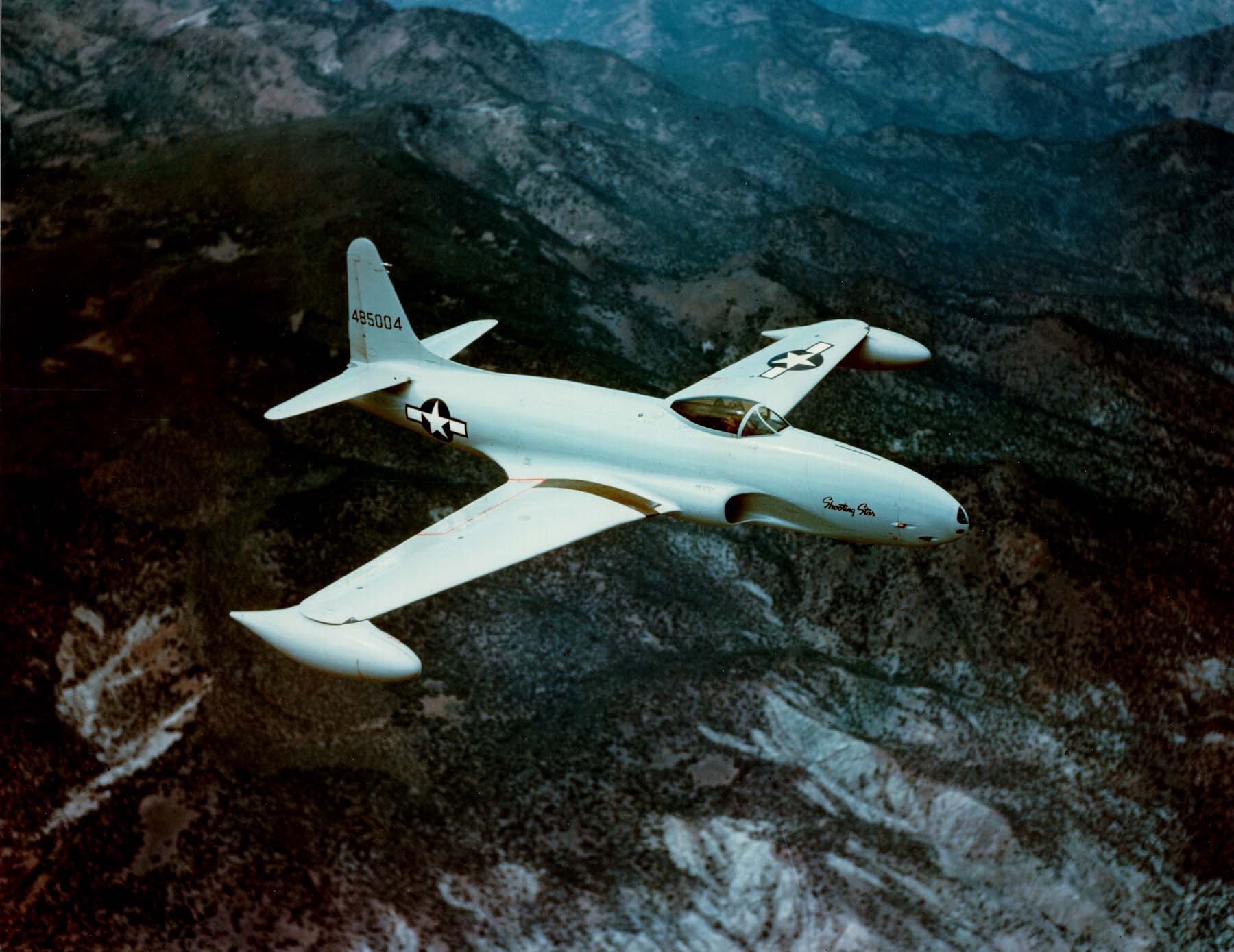

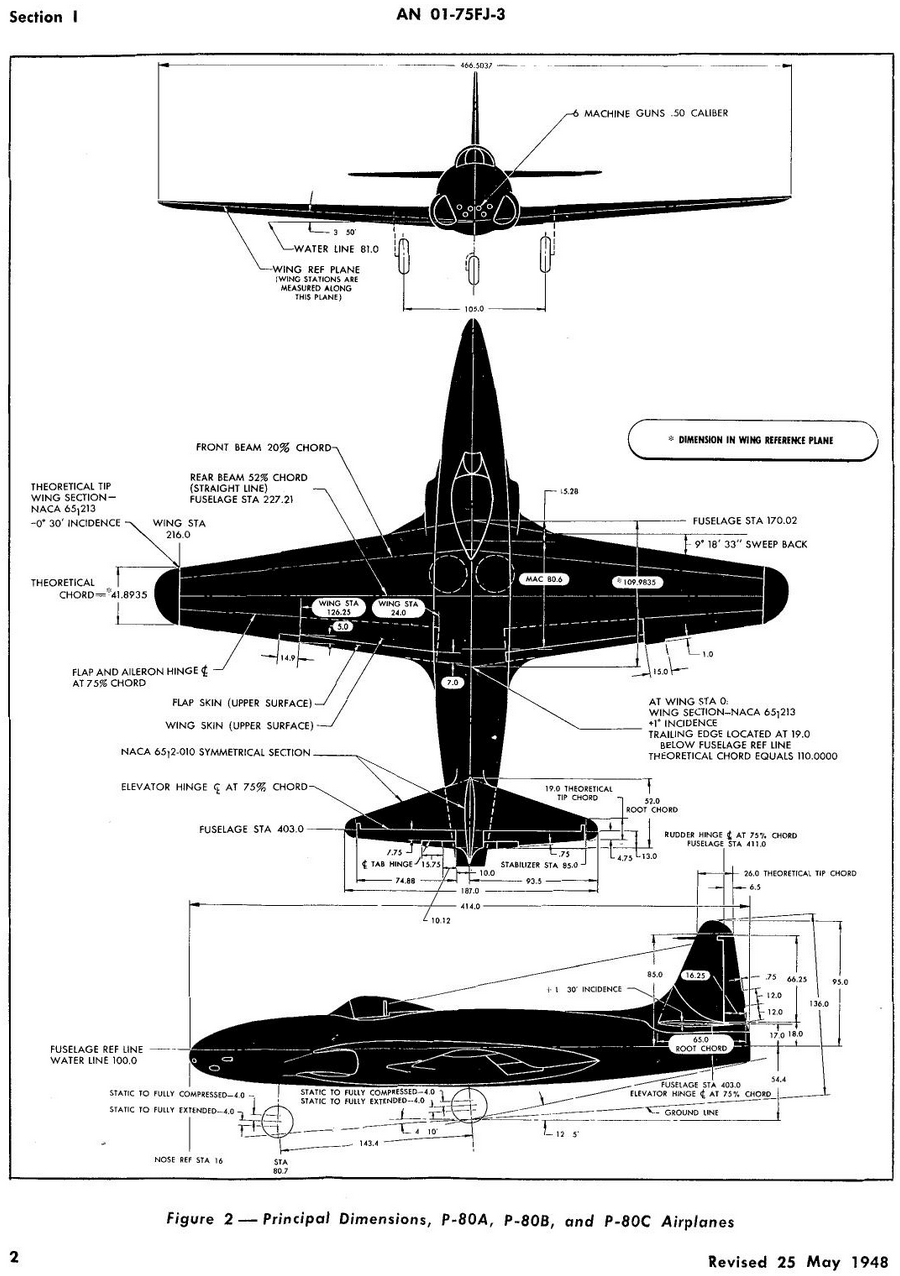

The P-80A-1 had a maximum speed of 510 miles per hour (821 kilometers per hour) at Sea Level, 520 miles per hour (837 kilometers per hour) at 20,000 feet (6,096 meters), and 495 miles per hour (797 kilometers per hour) at 40,000 feet (12,192 meters). The service ceiling was 45,000 feet (13,716 meters).
The P-80A Shooting Star was armed with six Browning AN-M3 .50-caliber aircraft machine guns mounted in the nose, with 300 rounds of ammunition per gun.
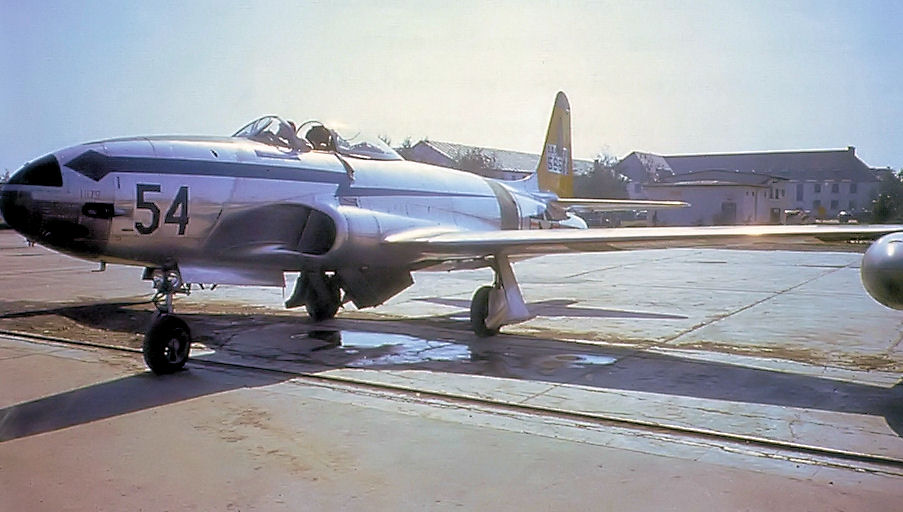
After modification to the XP-80B configuration, 44-85200 was powered by an Allison J33-A-17 with water/alcohol injection. Retaining the previous engine’s rating of 3,825 pounds of thrust, when augmented with water/alcohol injection, this increased to 4,500 pounds of thrust (20.017 kilonewtons). Fuel capacity was reduced by 45 gallons (170 liters) to allow for the water/alcohol tank.
The XP-80B was the first American-built fighter to be equipped with an ejection seat.
The P-80B was heavier than the P-80A, with an empty weight of 8,176 pounds (3,709 kilograms) and gross weight of 12,200 pounds (5,534 kilograms). Visually, the two variants are almost identical.
The XP-80B had a maximum speed of 577 miles per hour (929 kilometers) per hour at 6,000 feet (1,829 meters), a 19 mile per hour (31 kilometers per hour) increase. The service ceiling increased to 45,500 feet (13,868 meters).
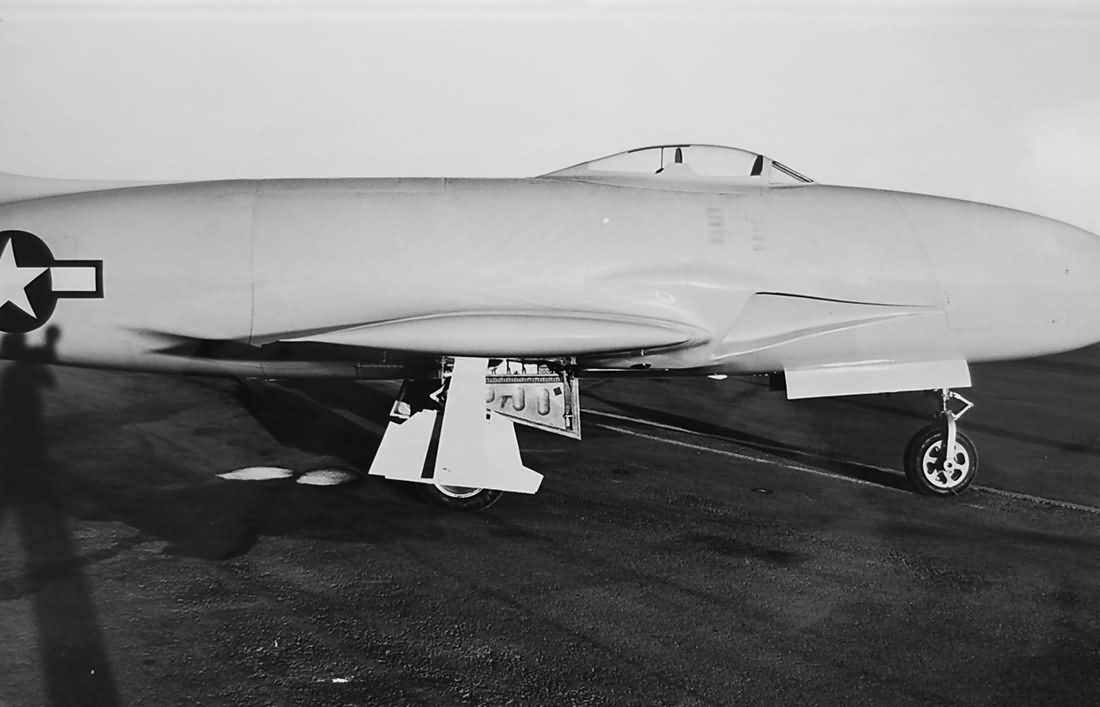
44-85200 was next modified to the XP-80R high-speed configuration. The canopy was smaller, the wings were shortened and their leading edges were re-contoured. In its initial configuration, the XP-80R retained the J33-A-17 engine, and incorporated new intakes designed by the National Advisory Committee for Aeronautics (NACA).
The initial performance of the XP-80R was disappointing. The intakes were returned to the standard shape and the J33-A-17 was replaced by a J33-A-35 engine. This improved J33 would be the first turbojet engine to be certified for commercial transport use (Allison Model 400). It was rated at 5,200 pounds of thrust (23.131 kilonewtons) at 11,750 r.p.m. at Sea Level, and 5,400 pounds of thrust (24.020 kilonewtons) with water/methanol injection.
The J33 was a single-spool turbojet with a single-stage centrifugal-flow compressor, 14 combustion chambers, and a single-stage axial-flow turbine. The J33-A-35 had a maximum diameter of 4 feet, 1.2 inches (1.250 meters) and was 8 feet, 8.5 inches (2.654 meters) long. It weighed 1,795 pounds (814 kilograms).
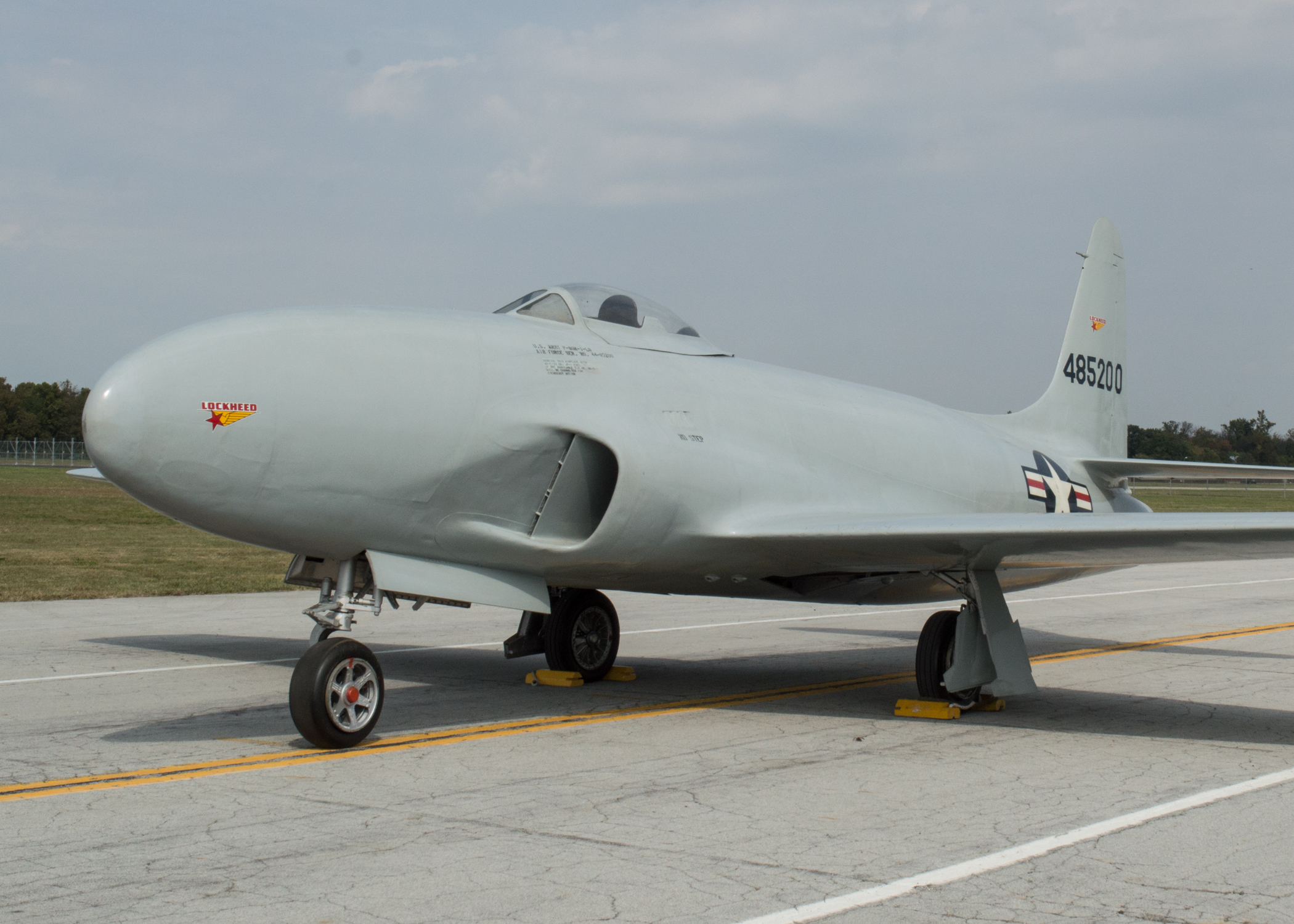
Technicians who modified the XP-80R at Lockheed Plant B-9 Production Flight Test Center, Metropolitan Airport, Van Nuys (just a few miles west of the main plant in Burbank). They nicknamed the modified Shooting Star “Racey.”
Lockheed XP-80R 44-85200 is in the collection of the National Museum of the United States Air Force at Wright-Patterson Air Force Base, Ohio.
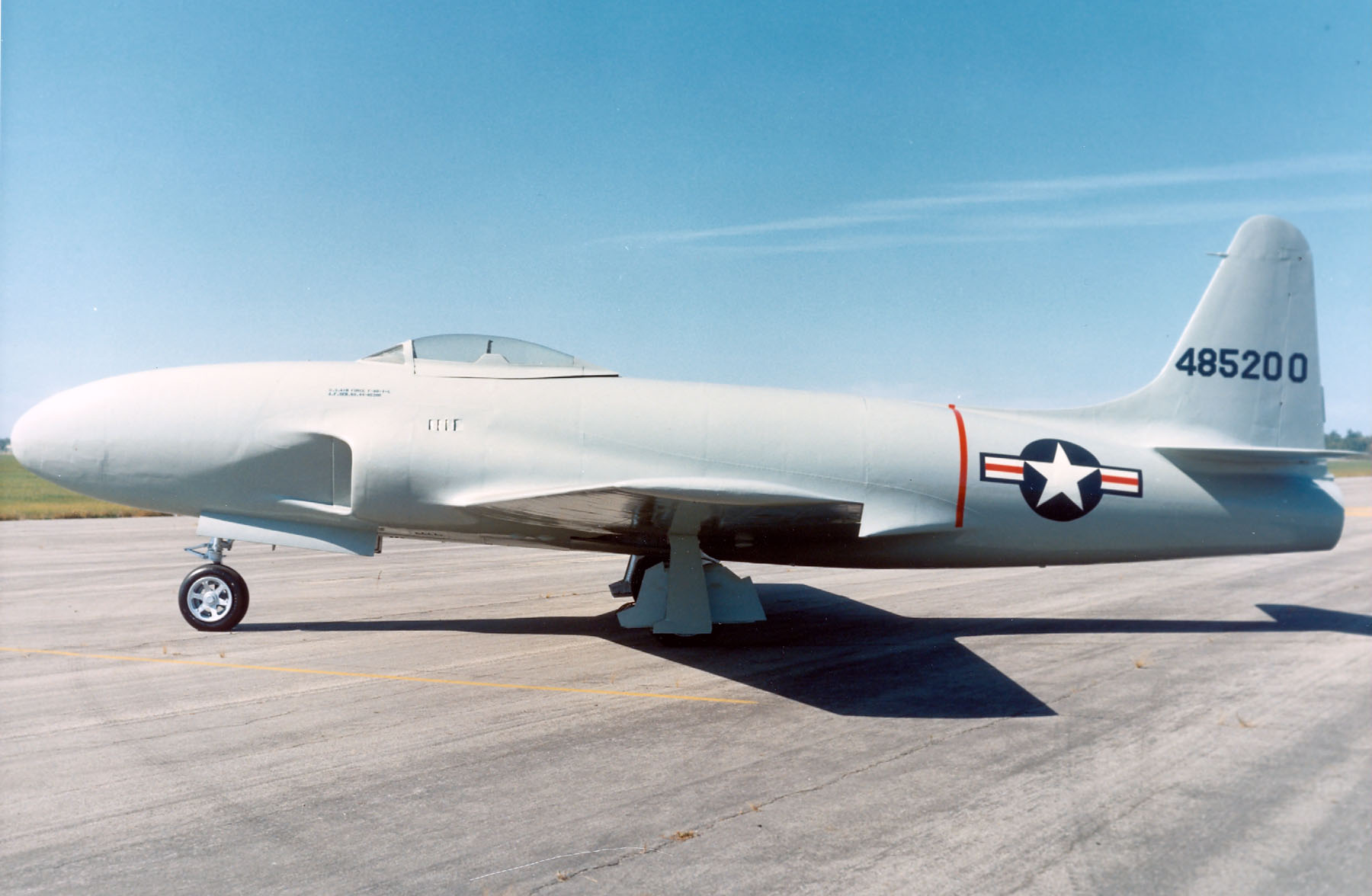
At the time of the speed record flight, Colonel Boyd was chief of the Flight Test Division at Wright Field, Dayton, Ohio.
Albert Boyd was born 22 November 1906 at Rankin, Tennessee, the first of three sons of Kester S. Boyd, a school night watchman, and Mary Eliza Beaver Boyd. In 1924, Boyd graduated from high school in Asheville, North Carolina, then attended Buncombe Junior College in Asheville.
Boyd was one of the most influential officers to have served in the United States Air Force. He entered the U.S. Army Air Corps as an aviation cadet 27 October 1927. After completion of flight training at Maxwell Field, Alabama, Boyd was commissioned as a second lieutenant, Air Corps Reserve, 28 February 1929, and as a second lieutenant, Air Corps, United States Army, 2 May 1929.
Lieutenant Boyd married Miss Anna Lu Oheim at San Antonio, Texas, 8 September 1933. She was the daughter of Mr. and Mrs. G.F. Oheim of New Braunfels, Texas, (1907–1981).
He was promoted to 1st lieutenant 1 October 1934. Lieutenant Boyd served as a flight instructor at Maxwell Field, Alabama, and then Brooks, Kelly and Randolph Fields in Texas.
In 1934, 1st Lieutenant Boyd was assigned as engineering and operations officer at Chanute Field, Rantoul, Illinois. He completed the Air Corps technical School and the Engineer Armament Course. On 24 July 1936, Boyd was promoted to the temporary rank of captain. This rank became permanent 2 May 1939. In 1939 he was assigned to the Hawaiian Air Depot as assistant engineering officer, and was promoted to major (temporary), 15 March 1941. He and Mrs. Boyd lived in Honolulu. His Army salary was $3,375 per year. In December 1941, he became the chief engineering officer.
On 10 October 1941, Major Boyd was given the parallel rank of major, Army of the United States (A.U.S.). On 5 January 1942, Major Boyd was promoted to lieutenant colonel (temporary) and rated a command pilot. (Lieutenant colonel, A.U.S., 21 October 1942.) He was advanced to the rank of colonel, A.U.S. (A.C.), 2 November 1942. Following the end of World War II, Colonel Boyd reverted to his permanent rank of major, 2 May 1946, though he continued to serve in the rank of colonel.
In October 1945, Colonel Boyd was appointed acting chief of the Flight Test Division at Wright Field. He became chief of the division, October 1945, and also flew as an experimental test pilot. Boyd believed that it was not enough for Air Force test pilots to be superior pilots. They needed to be trained engineers and scientists in order to properly evaluate new aircraft. He developed the Air Force Test Pilot School and recommended that flight testing operations be centered at Muroc Field in the high desert of southern California, where vast open spaces and excellent flying conditions were available. He was the first commander of the Air Force Flight Test Center.
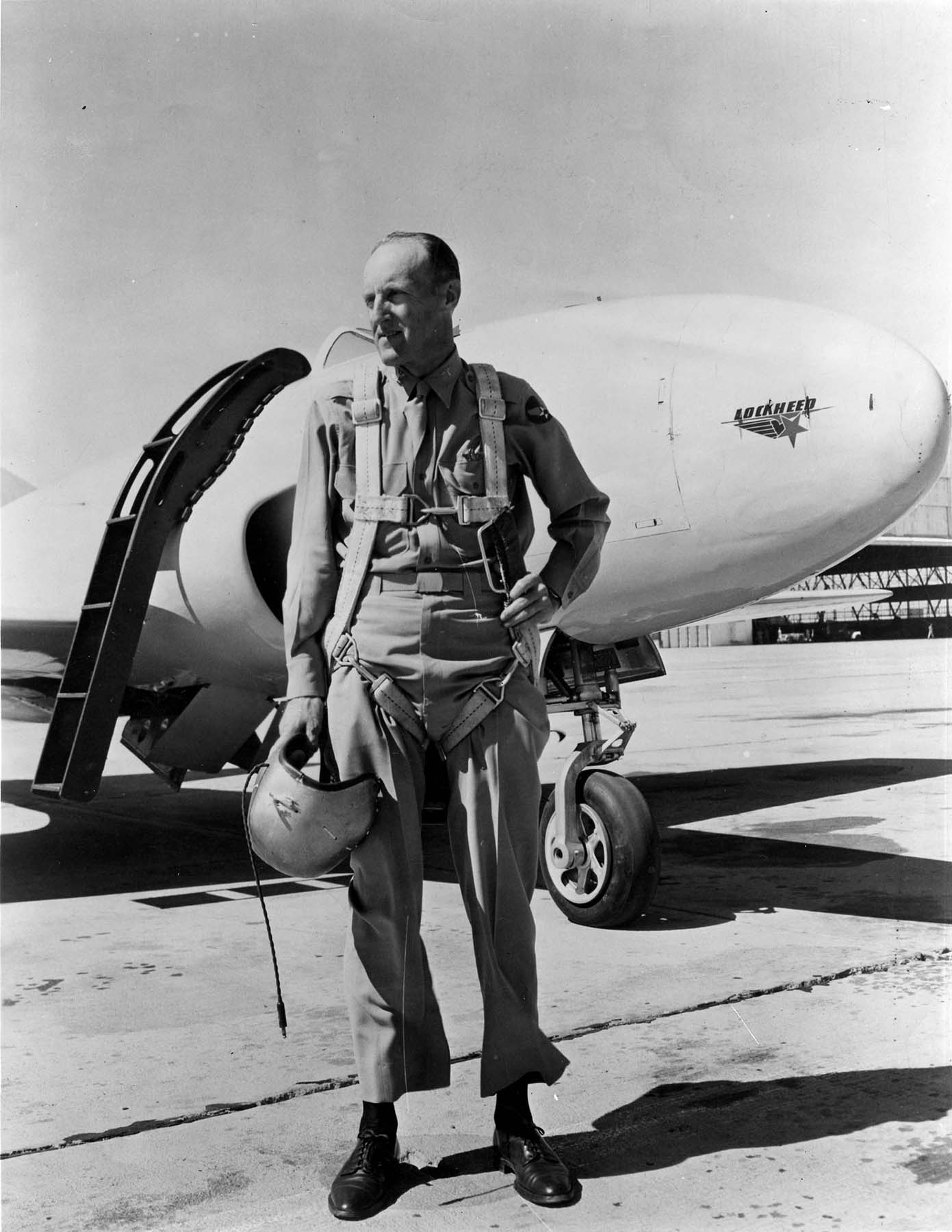
Major Boyd was promoted to colonel, United States Air Force, 2 April 1948, and to brigadier general (temporary), 12 January 1950. When Colonel Boyd took command of Muroc Air Force Base in September 1949, he recommended that its name be changed to honor the late test pilot, Captain Glen Edwards, who had been killed while testing a Northrop YB-49 near there, 5 June 1948. Since that time the airfield has been known as Edwards Air Force Base.
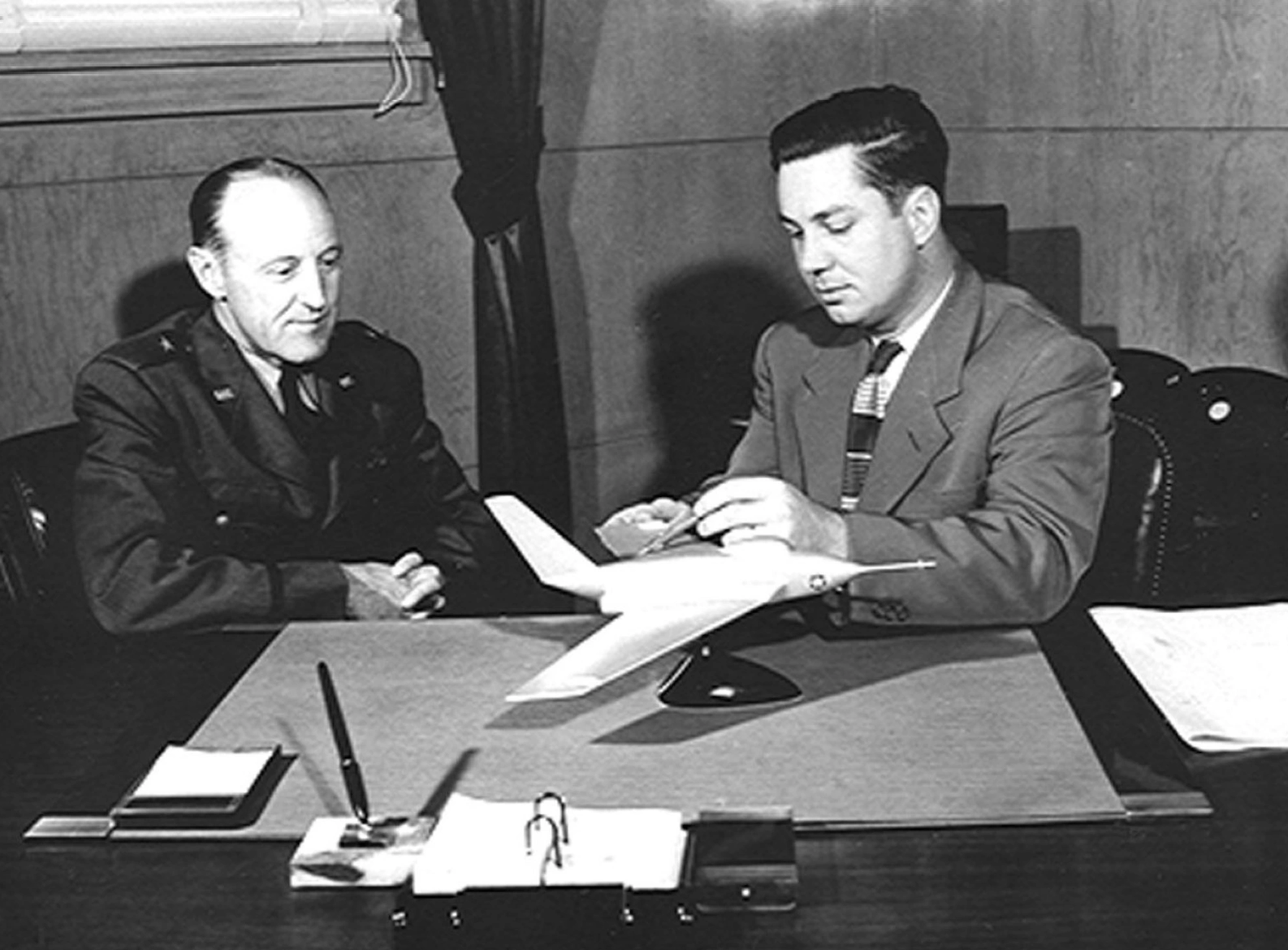
Brigadier General Boyd’s temporary rank was made permanent 9 October 1951, with his date of rank retroactive to 12 January 1950. He was promoted to major general (temporary), 8 March 1952.
In February 1952, General Boyd was assigned as vice commander of the Wright Air Development Center, and commander, 8 June 1952. His final assignment on active duty was as deputy commander of the Air Research and Development Command at Baltimore, Maryland, from 1 August 1955.
From 1947 until he retired in 1957 as a major general, Albert Boyd flew and approved every aircraft in use by the U.S. Air Force. By the time he retired, he had logged over 21,120 flight hours in more than 700 different aircraft. He had been awarded the Legion of Merit, the Distinguished Flying Cross and the Distinguished Service Medal.
Major General Albert Boyd retired from the Air Force 30 October 1957 following 30 years of service.
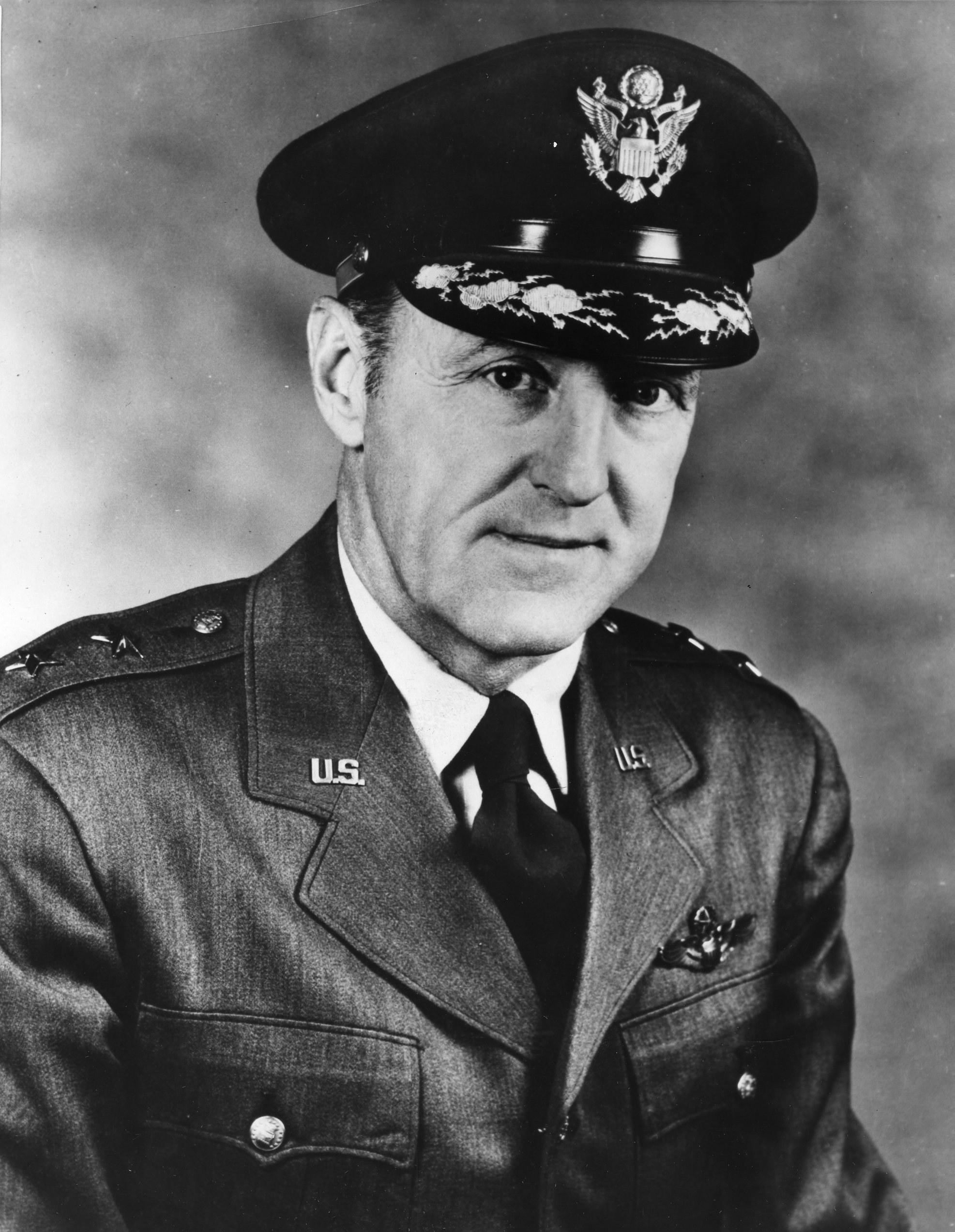
General Boyd died at Saint Augustine, Florida, 18 September 1976, at the age of 69 years. He is buried at the Arlington National Cemetery.
¹ FAI Record File Number 9863
© 2018, Bryan R. Swopes